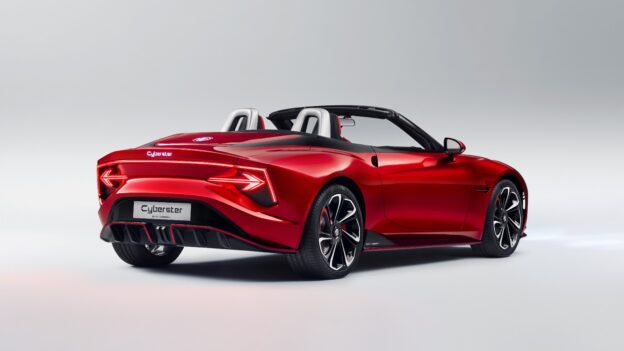These European countries are ‘most ready’ for electric driving
The 2021 EV Readiness Index is based on three factors: EV registrations, the maturity of EV infrastructure and government incentives in each country. Three important findings emerge from the research:
- Almost all countries show an improved score compared to last year, signalling increased EV readiness across the continent. The rate of improvement, however, varies significantly across Europe, with Romania, Slovakia and the Czech Republic having both the lowest scores and the slowest improvement rate. This underlines the continued disparity between Western and Eastern Europe in terms of EV readiness.
- EVs have never been more affordable. In eleven countries, EVs are already cheaper than their ICE counterparts on a TCO basis. In addition, EV drivers pay on average only 63% of the tax that ICE drivers pay. And Austria, Greece, Hungary, Ireland, Poland and the UK, EV drivers pay no driver tax at all.
- Charging infrastructure is still lagging and will be key to improving EV readiness going forward. Although some progress was made on charging infrastructure, the rate of improvement actually dropped compared to the year before (43% increase rate in 2020 compared to 73% in 2019).
22 key European countries
LeasePlan’s annual EV Readiness Index weighs key factors of EV preparedness across 22 key European countries:
- Europe’s Big Five markets (Germany, France, UK, Italy, Spain)
- The Benelux trio (Benelux, the Netherlands, Luxembourg)
- The four Nordics (Sweden, Norway, Denmark, Finland)
- Five key East European markets (Poland, Romania, Hungary, Czech Republic, Slovakia)
- Five further important markets (Austria, Ireland, Switzerland, Greece, Portugal)
Best and worst
Norway, the Netherlands and the UK have the highest overall score on the Index. These countries are the most prepared to handle the transition to EVs. The same three countries occupied the top spots last year. It’s also very clear that electrification is proceeding unevenly across Europe. Romania, Slovakia and the Czech Republic have the lowest scores, indicating the regional disparity between Western and Eastern Europe.
Infrastructure is the weakest link
According to LeasePlan’s researchers – and these authoritative automotive institutions as well – charging was the weakest performing of the three factors. A lack of charging infrastructure is a major obstacle to EV adoption. In 2020, there was an increase in public charging stations across Europe of just 43%, totalling almost 260,000. Another obstacle: around 75% of all charging points in Europe are located in just five countries. Namely in The Netherlands, Norway, Germany, France and the UK.
MG conquers Europe
Just like LeasePlan, which listed the most important EV countries for this study, MG has also carefully planned its rollout in Europe. MG Motor Europe started its sales operations late 2019 and has been on a rise in Europe ever since. The brand is – besides the UK – already available in The Netherlands, Belgium, Luxembourg, Norway, Denmark, Iceland, Ireland, France, Germany, Austria, Malta, Italy, Spain, Portugal and Sweden.
EV Readiness Index 2021 vs. 2020





